UI & Usage
Everyday use
On a day-to-day basis, the Acro CA1000T was very pleasant to use, with just a few “quacks”.
First, let’s talk about the elephant in the room: yes, the CA1000T comes with a battery; no this doesn’t make it a DAP. Sure, you could take it on the go and use it like any other player from the brand but, honestly, don’t do that – get a real player, not one that weighs close to a kilogram.
As a TRANS-portable source though, the A&K is simply brilliant. I could take it from desk to desk, plug in each and every headphones/IEMs that I own, connect my speakers for reviews and tests, and use it both as a source and as a DAC. At the office, I use it to drive the FiiO SP3 on a daily basis, and once my colleagues gets tired of my techno playlist, I can just plug my Audeze to instantly turn off the speakers.
The scroll wheel remains a pleasure to use – even if a bit too loose for my taste – and allows you to finely tune the listening volume. There is no cover for the wheel, so it’s easy to unintentionally turn up/down the volume, but fortunately, there are LOTS of steps and unless someone keeps on scrolling for more than 30 seconds, a touch won’t hurt.
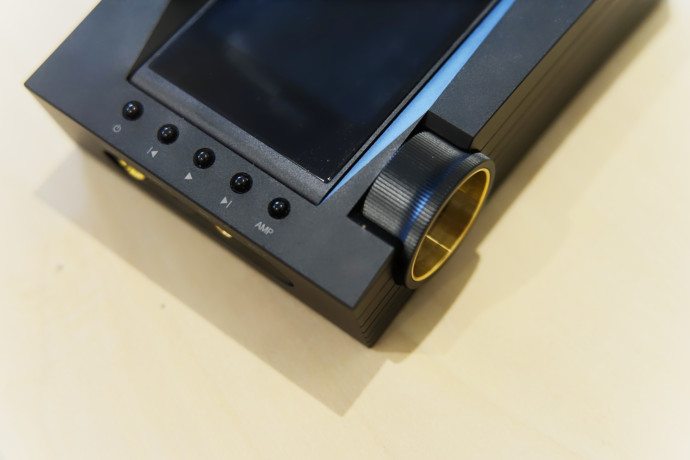
Astell&Kern UI
Once more, the Acro CA1000T doesn’t enjoy the full Android experience, but A&K owns a customized version of Google’s OS. Thankfully, Astell&Kern has years of experience in this field and I have to praise A&K for it: the layout is well-designed, with lots of minor improvements in each generation.
But, as I said before, there are some drawbacks or at least one big issue: UI is SLOOOOW, plagued by the slow CPU. On a regular basis, this won’t be an issue, library scan is swift, and navigating inside local/micro-sd storage works flawlessly. There is no “scan media library button”, once you plug your micro-SD card, or disconnect the player from your computer, the SE180 automatically begins to search for new files. And if tagged accordingly, all will be found correctly sorted by artist/genre/interpret.
There’s even an MQS folder, where you’ll find all your Hi-Res tracks, in case you’re too annoyed to scroll in your own library and end up listening to “peasant’s level lossless quality music”.
But as soon as you launch a third-party app like Spotify, Tidal, or worse, Qobuz, the player instantly behaves like an early 2000 computer. That may be the lack of RAM, or the CPU, or both, but this makes for particularly laborious navigation, and low-bandwith download – a shame for this kind of player.
Even more compared to the A&K Futura SE180 which completely blows away the CA1000T on a daily basis.
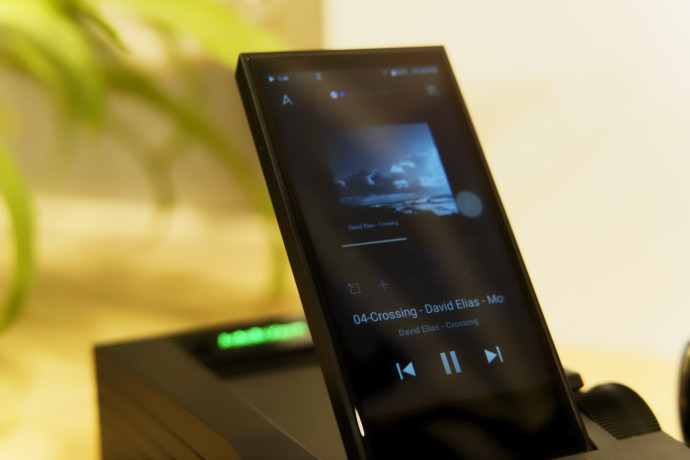
Open APP and WiFi
Thanks to the OpenApp , you can install, almost, any audio app you like. Again, this isn’t as seamless as FiiO, Shanling or iBasso has to offer:
- first, you have to download the app you want from a computer
- then you’ll copy the .apk to the player, in the open app folder
- finally, if the app is supported by the player, you’ll find them in “services”, just under MQS in the menu
- then you can install your app and launch it.
I tried Spotify, Qobuz, Tidal, and Deezer, which all worked… to some degree. If Spotify didn’t give me any problem, once again Tidal didn’t work correctly the first time (that and the fact that you’ll end up with two Tidal) and Qobuz remains amazingly slow – but I suspect the app to be at fault, more than the player.
the CA1000T supports WiFi a/b/g/n/ac in 2.4Ghz and 5Ghz, but as I stated before, the CPU will bottleneck download speed, even if you have a solid wireless access point.
Last but not least, you can transfer files from your computer via Wi-Fi, with AK’s File Drop new software. Not mandatory, but useful if you don’t want to bother connecting a cable to the player
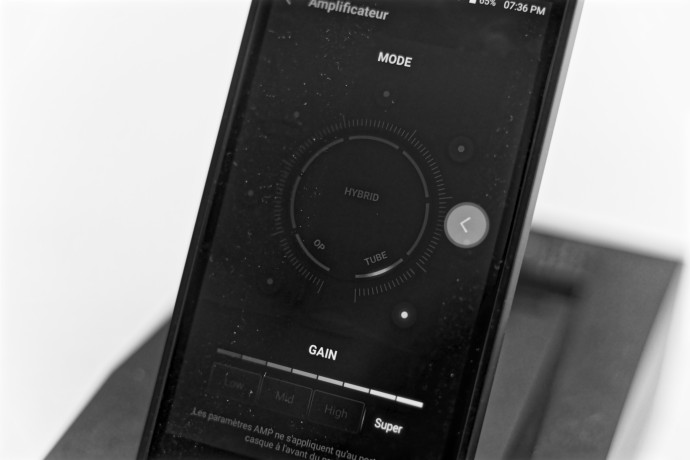
USB-C and SD Card
All Astell&Kern players use a USB-C connector, and the CA1000T makes no exception. In fact, the DAC/AMP even comes with two of the: one solely dedicated to power the player, and the second one for DATA transfers. Again, the USB-C port supports two-way transfers and so, the CA100 can be used as a DAC on a computer, or a source once paired with a DAC.
Finally, let’s talk about the storage. The Acro offers 256Gb of internal memory(!) and relies on micro-SD cards for additional storage. Every type and size is supported, from SDHC to SDXC up to 2TB, even if they are not available yet. I tried my 1Tb card from Sandisk and that works flawlessly, just remember to format the card in exFAT (should be like that out of the box).
Battery Life and Charging
Big player, big battery! The battery is rated at 10,100mAh, 900mAh more than the FiiO M17, which was my previous champion. Massive numbers once again.
The Acro CA100T supports quick charging, even if it takes ages to charge completely – more than 5 hours with a 30W charger! I usually keep it connected to my computer, which can only deliver up to 10W via the USB-C hub, so most of the time I’m just holding the load. Turn on the vacuum tubes though, and the battery will drain faster than what your computer can charge…
In the settings, you can choose to cap the charge at 80% to extend the battery longevity, which I did as I didn’t intend to use the CA1000T on the go otherwise. Moreover, like an electric car, just charge up to 80%, it’s much faster.
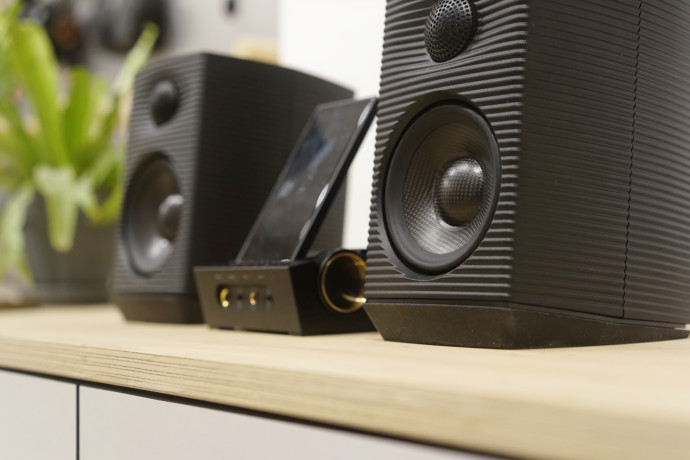
Bluetooth
Bluetooth was never Astell&Kern player’s forte, but the latest models saw a clear upgrade on this aspect.
You can use the CA1000T both as a receiver and an emitter, allowing you to connect your phone or a Bluetooth headphone. Compatible with apt-X, AAC/SBC, and LDAC, the CA1000T also supports apt-X HD. Also, if LDAC, AAC, and SBC get bidirectional support, apt-X (HD) can only send music to a headphone/speakers, no reception. If your source supports LDAC, no worries, if not you’ll be stuck in AAC or SBC
The review continues on Page three, after the click HERE or by using the jump below.
Page 1: About the brand, design, layout
Page 2: UI & Usage
Page 3: Specifications
Page 4: Sound performances







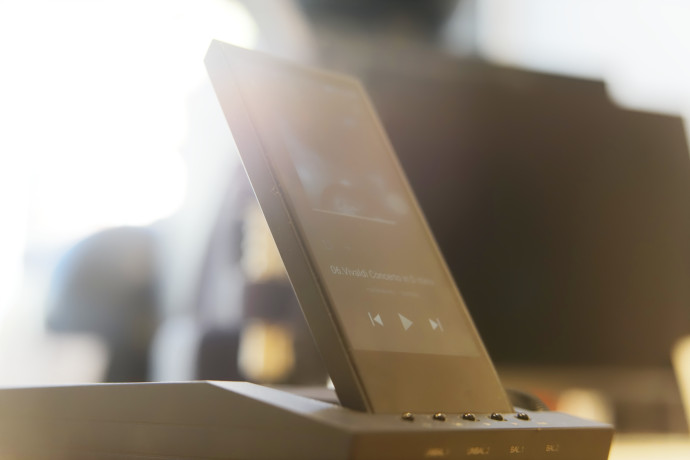
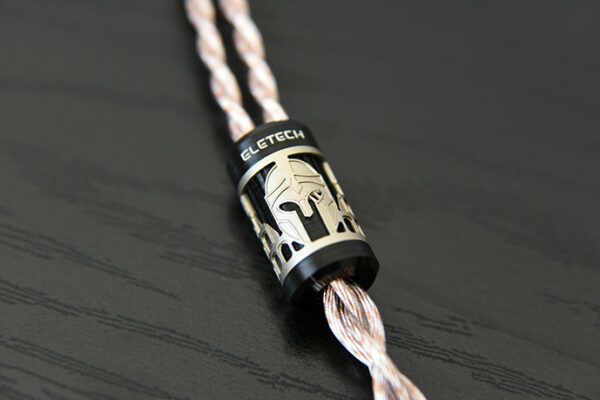
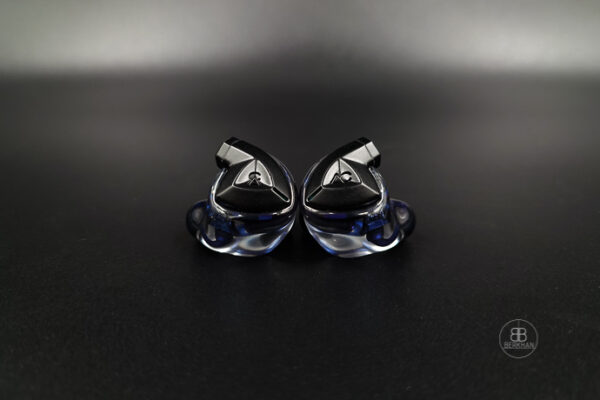
Willem
Hi Nanotechnos et al
Would you be able to assess / indicate the possible difference between the two in the following use case?
External DAP – LO 4.4mm – CA1000T in Tube mode
Compared to
External DAP – LO 4.4mm – Cayin C9 in Tube mode
Being both Korg NuTube capable amps, I would be interested in sonic differences between the two setups
ronny
It seems to me that DAP have now reached a fairly high level of sound quality. I’m now considering replacing my streamer (Auralic) + DAC (Schiit Yggdrasil) + pre/headphone amplifier (Questyle CMA Twelve Master) with a DAP. Then I could connect my power amplifier (Lindemann 858) to it with an XLR cable (Tellurium Q silver diamond). Do you think it’s (almost) equal in terms of sound quality?
I was thinking of either: K&K AK 380 + Dock (has native XLR out)
or
A&K Acro CA1000T (has mini XLR out).
Please, does anyone have experience with this or a solid opinion? Thank you very much for a comment!!! Best wishes! Ronny
Kurt Hertel
The battery life on this thing is awful. 3.5 hours single-ended, op Amp mode, bt off, wifi off. I’d be embarrassed if I produced it, but I’m just the idiot who bought it.